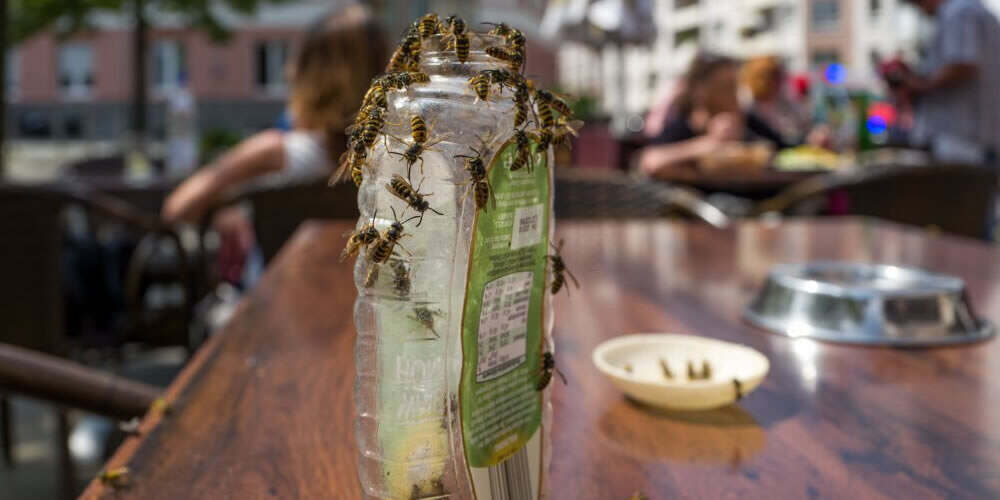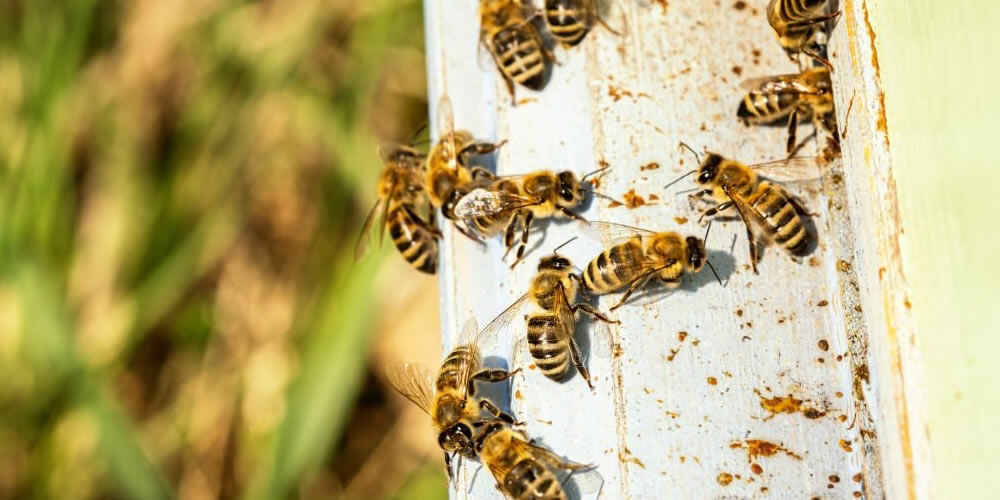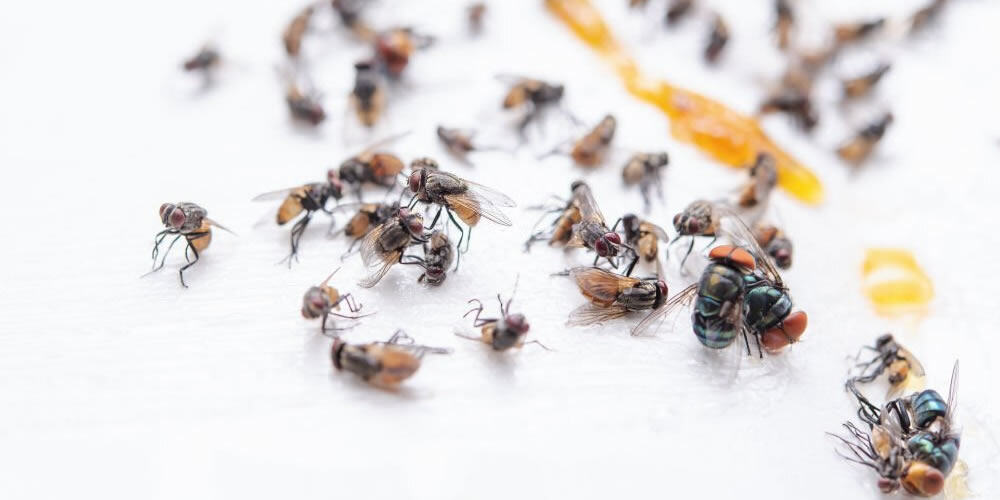5 Reasons Why There Are More Pests During Summer
Learn Why Pest Sightings Are On The Rise This Season

Summer is the season of beaches and having a good time while we are being kissed by the sun. The problem is that the sun may not be the only thing to “kiss” us – bugs might as well. Pests seem to be everywhere during summer, but we barely see them during winter. Why does that happen? Our article will explain the reasons.
1. High Temperatures
People love high temperatures because this gives them energy. The problem is that the same thing happens to pests. Most pests cannot handle low temperatures, which is why they go into a dormant “hibernating” state during winter. It’s kind of like the winter blues, but for insects.
Because summer temperatures are high, insects reach their peak and begin flying around everywhere. That being said, not all pests like high temperatures, which is why they will get into your home, where you have shade and cooling devices.
The pests that thrive in high temperatures are generally termites, ants, mosquitoes, and the majority of stinging insects. Some will come around during the day when it’s warmer, others at night when it’s cooler – but they will all be affected by the high temperatures.
2. Increased Food Sources
Summer is the time of the year when food sources are all over the corner. During winter, pests that don’t go into a dormant state can only rely on humans and their homes to find food. For instance, rodents mainly rely on human pantries to get themselves through winter.
Things change during summer, as pests may find food sources everywhere. From long and healthy grass to apples falling underneath the backyard tree, there is no scarcity of food around. And if pests have things to eat, they also are in the mood to breed.
Many insects lay their eggs in fruits. For example, fruit flies generally lay their eggs within apples, which will typically hatch somewhere in summer. As the fruit-eating insect activity also increases, so will predatory pests such as spiders. Food abundance will attract hungry insects, giving them the perfect opportunity to thrive.

3. Increased Moisture
Most of the pests that get into households and bother humans prefer humid conditions. It is exactly why Australia is such a pest hub – in certain areas, the humidity can go as high as 80%.
Among the pests that prefer high humidity are termites, silverfish, cockroaches, mosquitos, and many more. Mosquitos, in particular, also need standing water to breed and can leave their eggs in or around something as simple as a kiddie water pool or summer shoes that gathered some rainwater.
Many insects also need humidity to keep their exoskeleton moist, because once it is dried, the pest might die. As humidity levels are typically much higher during summer, it allows the pests to thrive as they pull out the moisture from the air. This increases not only their productivity but also their breeding rate, as they have the perfect environment.
4. Lifecycle of Pests
Pests are mostly cold-blooded creatures, which means that the temperature outside significantly affects their lifecycle. Most of them are laid during late summer or early spring and only reach maturity when summer comes around.
Ticks, for example, lay their eggs in spring or summer, after having a meal. They will hatch and become larvae somewhere in the winter, turning into nymphs in spring. Those nymphs will shortly become fully grown ticks, which will lay their own eggs throughout spring and summer.
Most pests including moths are like this, with the eggs hatched during winter or early spring, and reaching maturity when summer comes around. Some insects can lay eggs multiple times, stopping in late fall or winter once they usually die. As the lifecycle ends, the eggs will hatch and grow later on, once the weather begins to get warmer.

5. Increased Number of People Outdoors
Pests go where their food is, so obviously, if their food is gone, so will they. Even if we are dealing with the type of pest that can survive winter, they are still likely to go into hibernation – mainly because a lot of them will need people’s resources to survive.
If the people are indoors, then the pests will have very few resources to prey upon. Ticks won’t be able to climb onto dogs and humans running in the grass, and mosquitos won’t be able to prey upon the people lounging on their porch or enjoying a nice evening outside.
While pests do not technically hibernate, they do enter a state referred to as “diapause.” This allows them to go dormant and survive low temperatures, without requiring the need for food (which is scarce during winter). As spring comes back and humans start going outside once more, the pests in diapause will also come out of their dormant state.
The Bottom Line
Pests are more active during summer simply because they have the perfect environment for it. It’s warm, it’s humid, and there is plenty of food for them – no matter if we’re talking about fruits or humans. Like every species on the planet, they are active during a time when they may thrive.